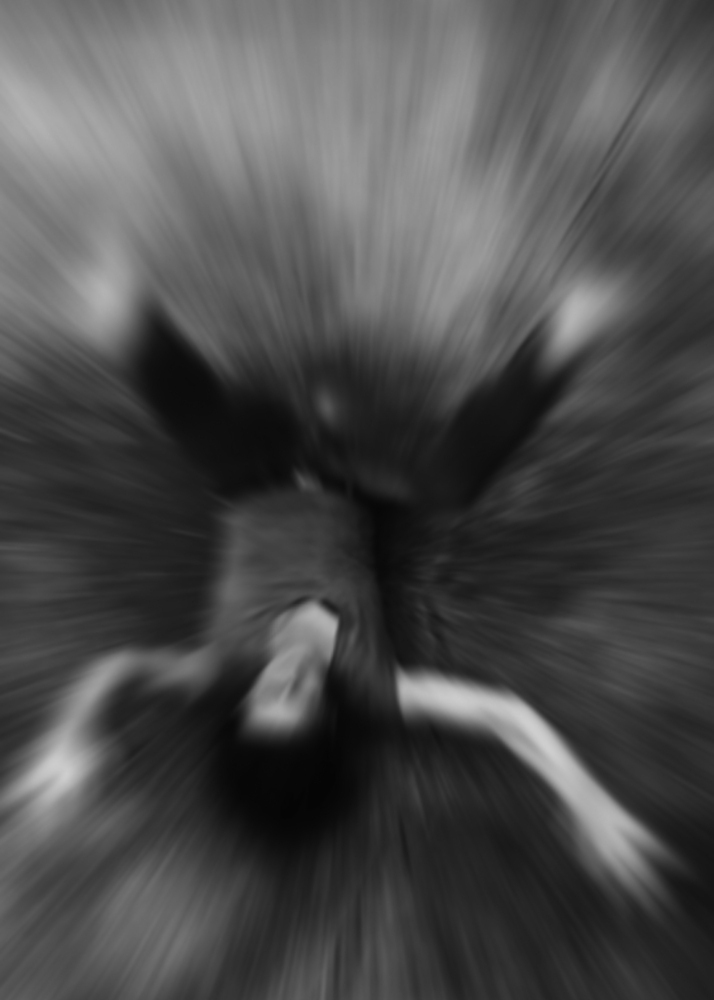
WHAT IF WALLS COULD TALK?
first performed on July 25, 2020
Outside the artist's studio
performed three times in 2020
HEIDE HATRY
New York
heidehatry.com
WHAT IF WALLS COULD TALK?
HEIDE HATRY
As I see it, there are two models of thought, which apply to politics, economics, sociology, philosophy, psychology, anthropology, and even to literature: the bridge model and the wall model. Even the makers of medieval castles understood that some combination of the two is necessary for a viable life—both security and the extension of trust, neither of which can truly exist without the other. The bridge model implies openness, sharing, integration, communication, progress, and, perhaps erosion of identity, while the wall model asserts isolation, tribalism, privacy, secrecy, fear, and yes, protection.
The artist, the poet, the revolutionary—those who write on walls—are spiritual adventurers, driven by the need to know and engage what is on the other side, what is beyond where we are today. They become the voice for the rest of us who yearn in silence, often not understanding that we yearn at all until their words and images awaken us to other possibilities.
“What If Walls Could Talk” is an evocation of the arduous, often solitary struggle of the artist on behalf of us all and the ultimate irrelevance of any particular artist to the course of humanity. The work of the artist is everyone’s legacy and everyone’s responsibility; her journey is our journey. Her ascent is the ascent of humankind.
In this performance, I wanted to create the impression of climbing and then falling from a high, sheer wall. I was, in fact, moving my body over a concrete floor (on which I usually play ping-pong) outside of my studio in a small town in Pennsylvania. (In a sense, one might say that I was, in making the vertical horizontal, turning a wall into a bridge.) The problem of “climbing” a floor is that you have to lift the weight of your body over and over again—a bit like doing quite a lot of push-ups—and therefore it is just about as strenuous, if not nearly so dangerous, as climbing up a wall, and afterwards my muscles felt almost as sore as if I’d really been climbing.
A small audience viewed the entire performance from the adjoining porch from which it was filmed. The work was commissioned by the curators, Amin Gulgee and Sara Pagganwala, for an exhibition in Karachi, Pakistan, as part of “The Corona Chronicles,” a diary of the pandemic. I edited the approximately hour-long performance into a three-minute clip, which was screened on a huge wall in the city center of Karachi.